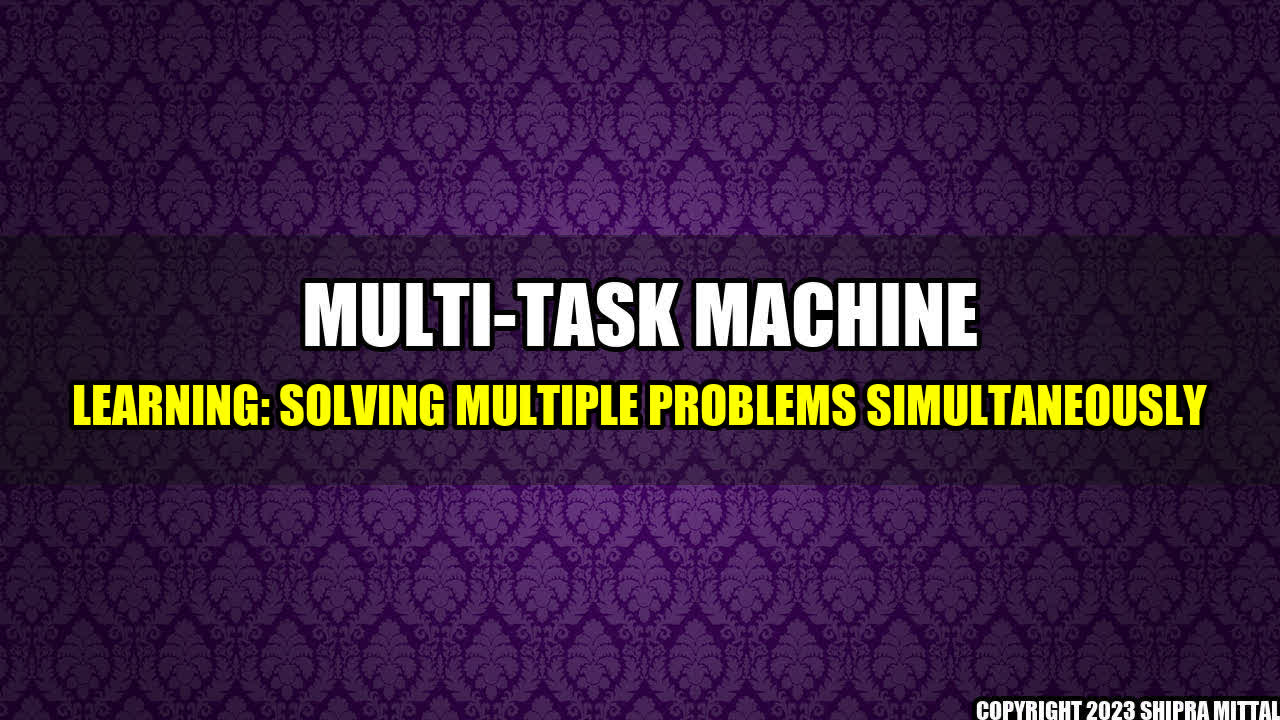
Machine learning has revolutionized the way we tackle complex problems in various industries. However, solving one problem at a time can be time-consuming and costly. That's where multi-task machine learning comes into play.
Imagine you're a healthcare provider and you want to predict patient outcomes for a variety of diseases. Instead of building separate models for each disease, you can use multi-task learning to build a single model that can predict outcomes for multiple diseases simultaneously.
This approach has many benefits, including:
Multi-task machine learning has already been applied in various industries. Here are some real-life examples:
Google uses multi-task learning to improve speech recognition and language understanding in their products. For instance, by training a single model to recognize multiple accents, Google has significantly improved the accuracy of their voice search.
Uber uses multi-task learning to predict both demand and travel time for its ride-hailing service. By training a single model to predict both tasks, Uber can optimize its operations and offer more accurate ETAs to riders.
Microsoft uses multi-task learning to improve search relevance and query suggestion in Bing. By training a single model to handle multiple search tasks, Microsoft has been able to improve the user experience and increase user engagement.
Although multi-task machine learning has many benefits, it's not always the best approach. Here are some critical comments:
Akash Mittal Tech Article
Share on Twitter Share on LinkedIn